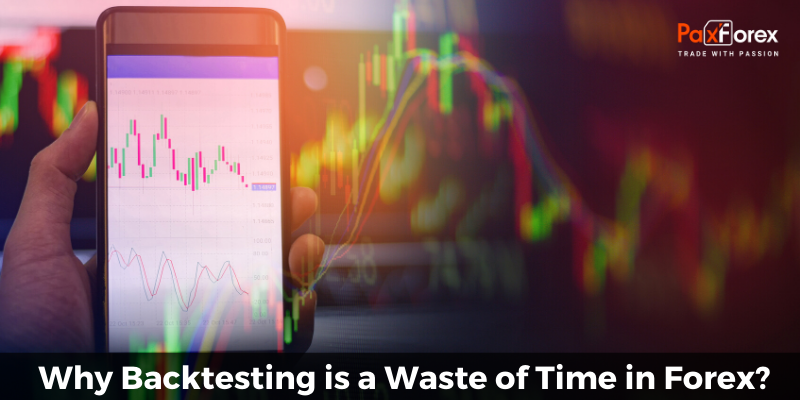
Investors can profit on the changes in foreign currency prices through a forex account. Forex is the world’s largest financial market and offers investors many advantages, including low trading costs, low entry costs and 24-hour trading options. To manage their forex trades, investors will often follow strategies that instruct them on the best buying and selling opportunities. However, before following a strategy, forex traders can back test them against past results in order to judge how the strategy may perform in the future.
Backtesting is the process of applying a trading system/strategy to historical data in order to quantify how accurately the strategy or system is performing. A trader can simulate the trading of a strategy over an appropriate period of time and analyze the results for the levels of profitability and risk. If the results meet the necessary criteria that are acceptable to the trader, the strategy can then be implemented with some degree of confidence that it will result in profits. If the results are less favorable, the strategy can be modified, adjusted and optimized to achieve the desired results, or it can be completely scrapped.
Backtesting of technical methods in light of past prices is the most popular testing strategy among technical traders. That price patterns repeat themselves is a basic principle of technical analysis. By interpreting this principle to imply that the past performance of a trading strategy can guarantee or at least validate its returns in future markets, backtesting aims to weed out the less profitable tools and filter the most promising ones to be used in trading.
In the constantly changing nature of the markets not only does the quote change, but even the rules that define the quote also change, ensuring that a method valid today may not be very useful after the passage of a short while. When we are backtesting a strategy, all that we are testing is its effectiveness in conditions that may never be repeated again. Of course, triangles, pennants, breakouts occur all the time, but the precise configuration of each of these patterns is different enough to invalidate the application of past trading choices at each and every single case.
The belief that backtesting can help identify strategies with potential is common, but it is unsubstantiated by evidence or experience. The best way of testing a strategy is by testing its actual performance, which means that we should evaluate the actual gains and losses registered by using it, instead of hypothetical successes and failures in past situations. In sum, the best and most reliable testing can be performed in actual market conditions, by real traders with real money, where the rewards and returns lead the losses and profits in the account. In addition, no amount of testing will prove that a technical combination will perform well in all similar market configurations.







